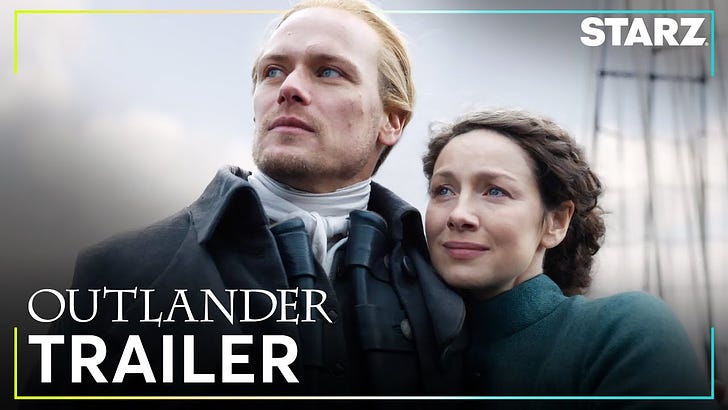With the end of Droughtlander, and the long-running Outlander series finally concluding with the broadcast of the second half of season seven now through January and season eight later in 2025, I’m reflecting on how the series, which started in 2014, inspired a new curiosity and appreciation for Scottish roots. It also inspired a wonderful adventure to …
Keep reading with a 7-day free trial
Subscribe to Slender Threads / Global Citizens / Public History to keep reading this post and get 7 days of free access to the full post archives.




